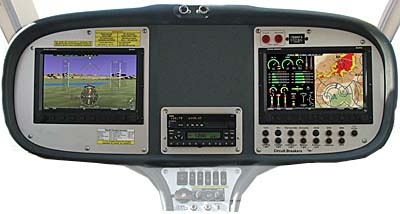
From Robert… “At Dynon we are often asked if our avionic products are ‘Certified’ for IFR flight. In fact, there is no such thing as ‘IFR Certification’ for amateur-built and LSA aircraft, and so answering the question requires an explanation.

“Does this mean a Light Sport Aircraft with the same digital avionics is IFR legal? The answer to that question must come from the ASTM F37 LSA committee and the aircraft manufacturer. Assuming a LSA is equipped to meet the requirements of FAR 91.205, the avionics equipment is not a restriction. However, the overall aircraft operating limitations are specified by the manufacturer according to the standards written by ASTM committee members and subsequently accepted by FAA.”
Hopefully Robert answered the question, but as I’ve noted earlier, this is not likely the end to the vigorous IFR/IMC discussion.


Leave a Reply